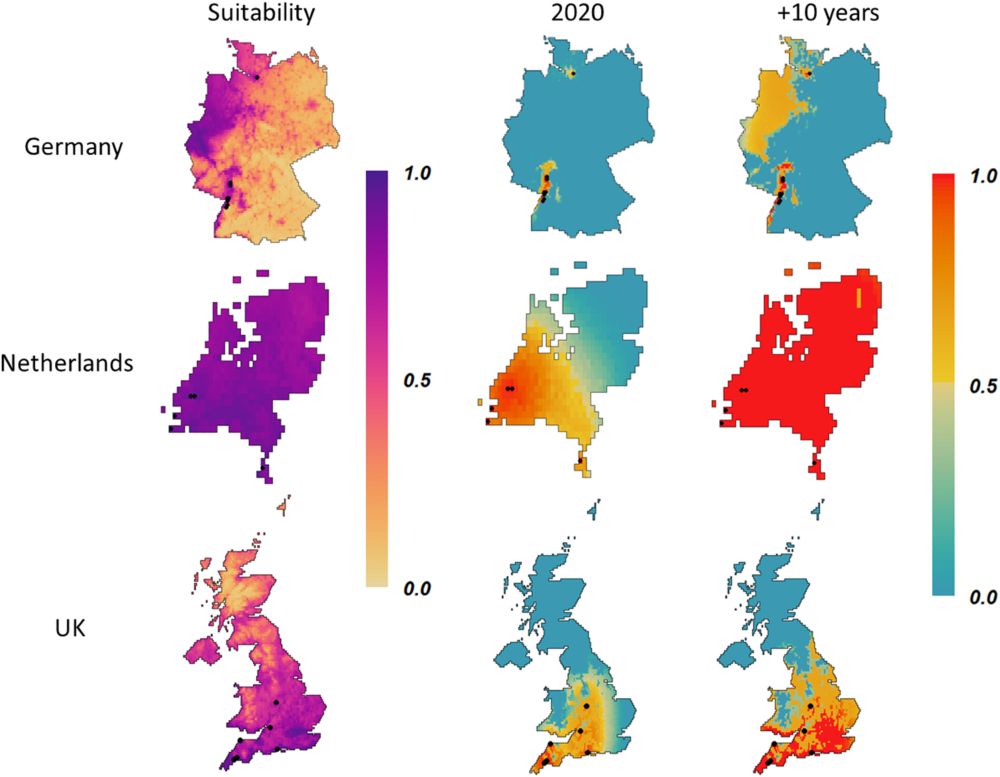Francesca Mancini
@francescamancini.bsky.social
64 followers
54 following
3 posts
Ecological modeller #insects #biodiversity #interdisciplinary #conservation. She/her.
Posts
Media
Videos
Starter Packs
Reposted by Francesca Mancini
Reposted by Francesca Mancini
Reposted by Francesca Mancini
Reposted by Francesca Mancini









